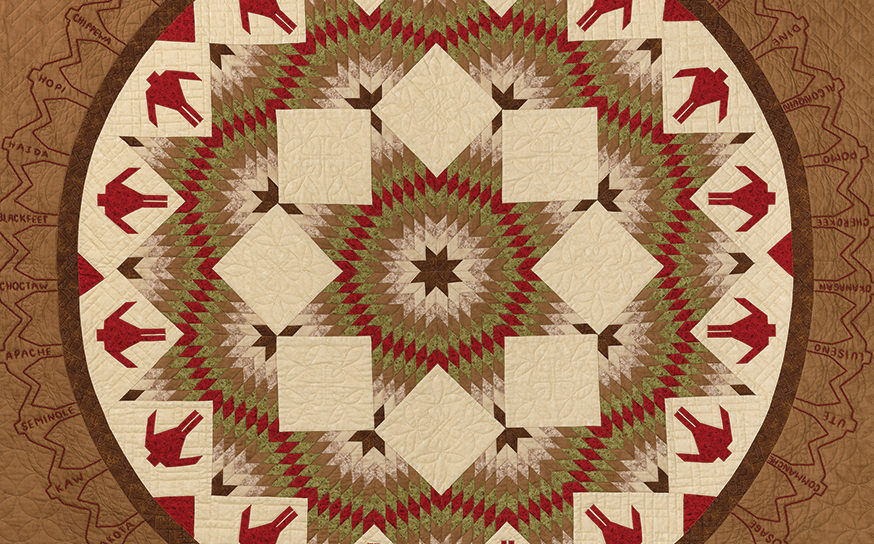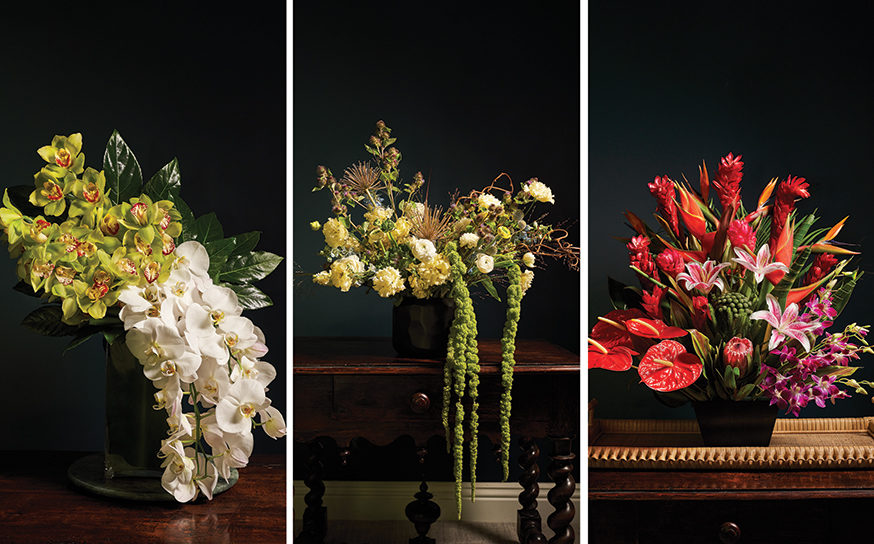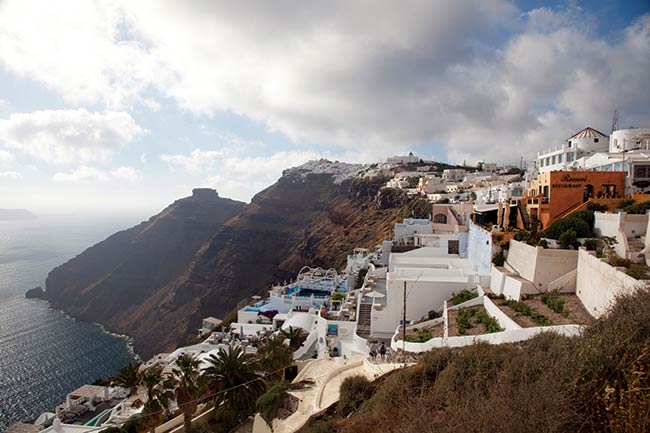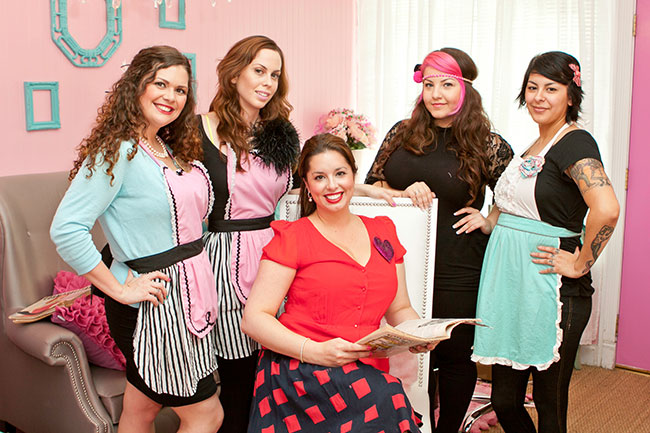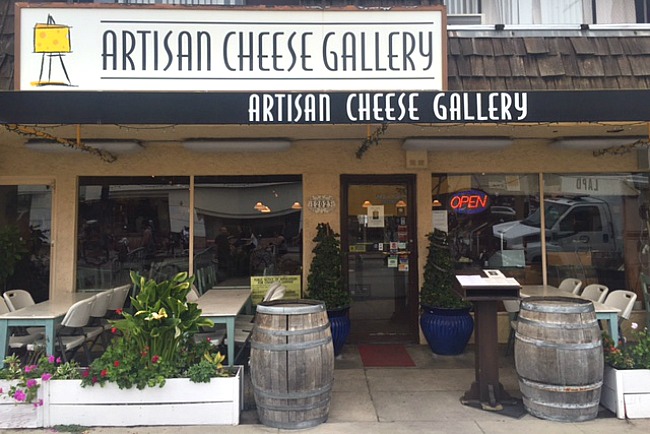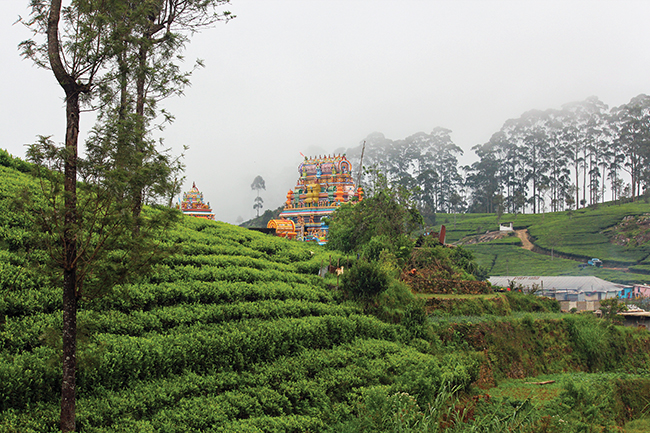
80 Days in Sri Lanka
A Campbell Hall graduate goes to the island country in search of pachyderms— and finds paradise instead.
-
CategoryUncategorized
-
Written byAustin Diamond
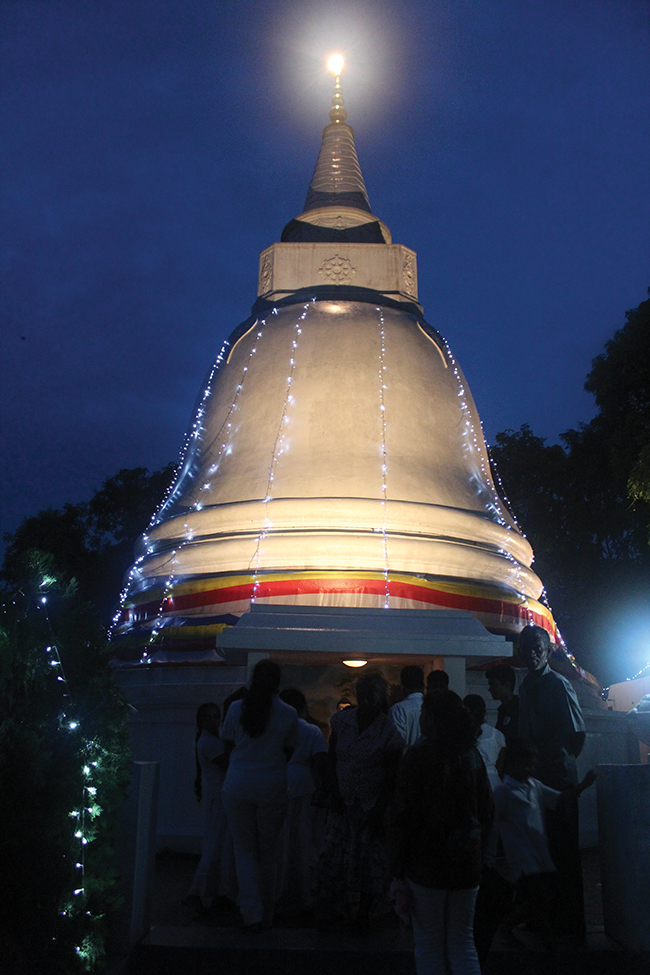 On a frigid September morning, with my parents tearing up, I shut the door behind me on 22 years in the Valley. During the next 24 hours, I would fling past Las Vegas, ride the rainbow of the aurora borealis to Northern Greenland, then plunge 60º of latitude into the seductive turquoise of the Indian Ocean.
On a frigid September morning, with my parents tearing up, I shut the door behind me on 22 years in the Valley. During the next 24 hours, I would fling past Las Vegas, ride the rainbow of the aurora borealis to Northern Greenland, then plunge 60º of latitude into the seductive turquoise of the Indian Ocean.
The Sherman Oaks safety net was gone. For the next 80 days, I would be wanderlusting alone, washed up on a re-discovered Eden.
Otherwise known as Sri Lanka, this pear-shaped paradise drifts off the southern tip of India. Although The New York Times recently ranked Sri Lanka the #1 place to travel, I had my own reasons for wanting to go there.
Elephants aren’t a common sight along Ventura Boulevard, so as I nosed through my schoolbooks at Campbell Hall, I became infatuated by their exoticism. Eventually, I signed up for an elephant love letter of sorts.
Through this service, I discovered that Dole had invaded Sri Lanka and was clearing the jungle—prime elephant habitat—for a banana plantation. One thing led to another, and I dropped into Udawalawe National Park, metaphorical guns a-blazing, to right this wrong.
I lodged with the conservationists in a sleepy sugar cane village bordering the park. On the first morning, Darmasiri, the caretaker of the villa, plopped a hulking globe of milk rice onto my platter. Larded with date and mango chutney, the edible volleyball was a sweet-tooth treat for poya (Buddhist full moon days).
“Hell-oooo, Mr. Aus-teen!” he chimed through his immaculately polished teeth.
The BBC had a crew here. Martyn Colbeck of Planet Earth was filming a documentary on Udawalawe’s elephants, and we teamed up to safari. Five minutes by Jeep took us into the national park.
As Martyn readied his gargantuan camcorder, I spotted leopard tracks, water buffalo, painted stork and legions of little green bee-eaters zipping around like Tinkerbells. Of course, we were primed for pachyderms.
A rustle in the banyans, and an extended family materialized: a grandmother, a few mothers, several sons and daughters. We didn’t need rocket science to pick out Grandma … just count her wrinkles or stare into her flickering eyes and see how deep they go.
Separating boys from girls wasn’t so easy. They’re happy playmates when young. When the girls grow up and become mothers, they shun ivory’s gaudy red-carpet statement, hoofing it with long, lovely trunk alone.
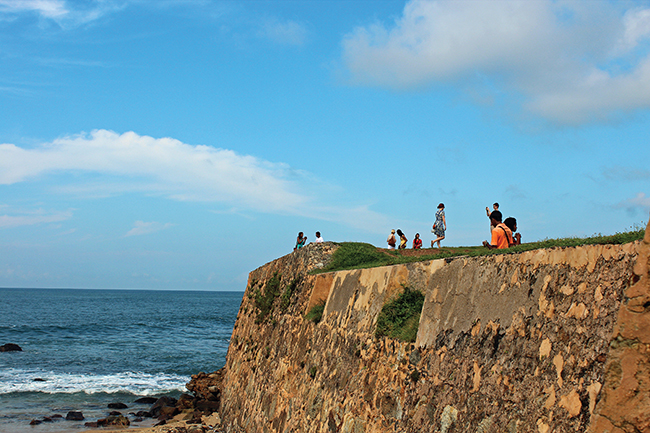
Pride of the Portuguese
Galle Fort is Sri Lanka’s cosmopolitan beach hangout, the one place where foreigners and locals carouse in equal numbers. Nearby Unawatuna is the island’s South Beach.
However, the sons and fathers—unlike those elephants cruising the African savannas or the leafy hothouses of India—are almost always tuskless also. When a big bull elephant with tusks comes stomping up, red as chili powder, he comes across as all the more magnificent—and incredibly viral.
Thirty-five days quickly passed; I bid goodbye to my new friends. The bus dropped me in Sinharaja Rainforest with a knapsack to my name. Though it’s rainy all year in a rainforest, I lucked out and got nothing but sun-drenched.
The guide bushwhacked through the tangled World Heritage Site in flip-flops. He pointed out green pit vipers, blue magpies and giant jungle squirrels while he picked off bloodthirsty leeches.
A private, mile-long white sand beach embraced me when I dropped from the mountains to the south coast. The Secret Bay Hotel in Matara lived up to its name. There were no tourists to spoil the sound of the ocean—just this trans-world Crusoe and the native fishermen.
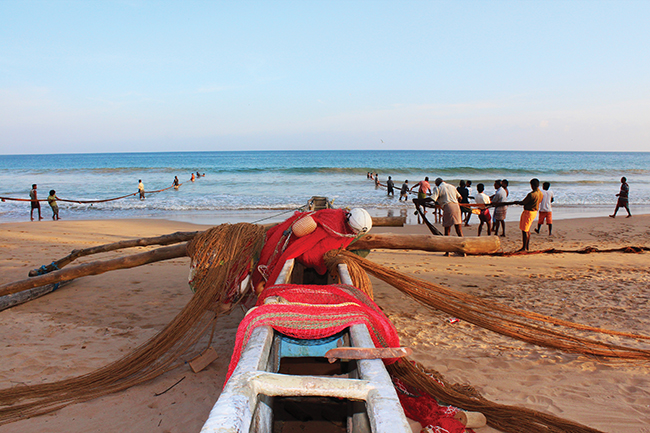
Thar She Blows!
To haul the catch in, the fishermen work as one. Their backs straining, the chief bellows, “Hey! Ho!” until the net kisses the shore, flickering with silver-scaled sea-fish.
One evening, in front of a spitting fire, we sat cross-legged in a circle on the sand for a game of Go Fish. I befriended a patch-eyed pirate who loved to talk sailor, though interwoven in his unmentionables was an earnest desire to learn “the Queen’s English.”
With a shred of coconut husk coughed up by the campfire, I cut a rectangle in the sand to represent the United States. Every time he said “America,” his neck uncoiled, his one good eye bulged, and his chest puffed out like a rooster’s.
“Ah … America! O-ya koheda in-ay?” he asked, then atoned for his boyish exuberance with a macho growl. “Los Angeles,” I answered.
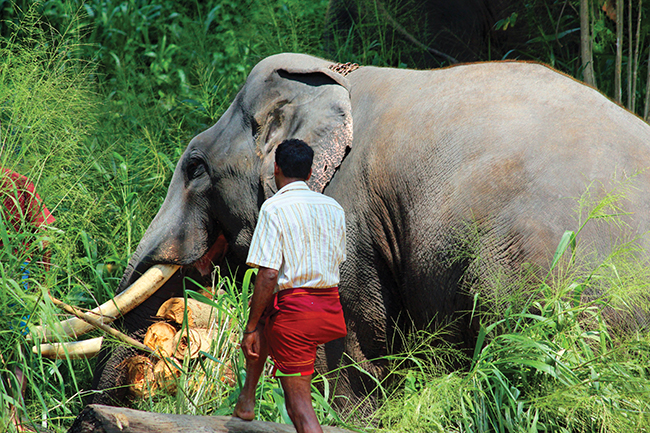 He had never heard of it. “Sherman Oaks” was certainly out.
He had never heard of it. “Sherman Oaks” was certainly out.
The lighthouse just five minutes by tuk-tuk at Dondra was easy to climb yet taller than the Statue of Liberty. Between steamy Sri Lanka and sheet-white Antarctica, there was nothing but 70º latitude and 6,000 miles of unbroken ocean. But nothing could have been farther from my thoughts at the moment.
From atop the lighthouse, I watched Paradise unfold below. The sparkling blue sea wave was thrown by the life around it: trawlers catching clattering lobsters, toy-size rafts tossing up and down in foam, coconut trees dancing along the shoreline.
So this was prehistoric pornography: a bare-breasted woman fondling lotuses by her crotch. I turned away from the cave paintings and washed my eyes with soap.
Bantered about as the eighth Wonder of the World, Sigiriya (“Lion Rock”) sat brazen and isolated in the middle of the Habarana jungle like a misplaced sphinx. It was a magic mountain straight out of Joseph’s Technicolored dreams.
Anuradhapura was another historical highlight in the heart of the country’s Cultural Triangle. The ancient city was studded with some truly colossal stupas—whitewashed brick domes that house relics of Lord Buddha—which were dwarfed only by the Great Pyramids.
Across the island, entombed paraphernalia include Buddha’s collarbone, a lock of his hair, a sash, his wisdom tooth. Re-painted stupas beam from the ground like half-sunken moons or spotlights, while the unimproved, venerable matrons, shrouded in banyan, proclaim earth tones are the new “in.” 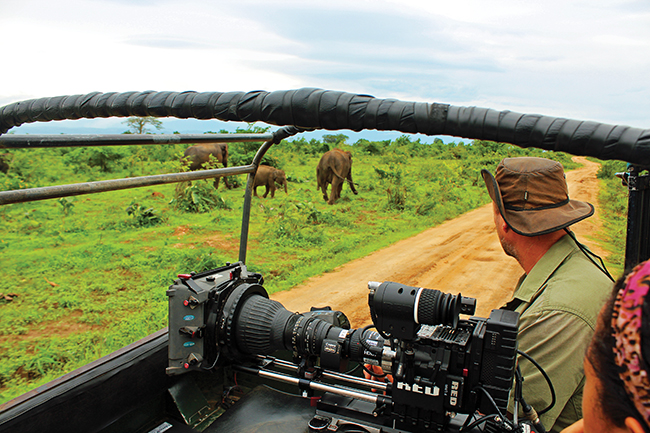
Speaking of which, my mother (who needs no improvement) eagerly awaited our nightly ritual—a Skype to the 818 to digest my plans. One word was all it took for her to start crying, begging me don’t go … anywhere but there: Jaffna.
The truth was that although Sri Lanka is a popular destination, the civil war had not entirely been spirited away—or the fear engendered by it. I could speak Sinhala fairly well, but I didn’t know a lick of Tamil, which is what I would need if I journeyed north. For Sinhalese in the south, and most of the world, the Tamil North remained Sri Lanka’s “Heart of Darkness.”
The bus driver said it would take five hours from Anuradhapura to Jaffna. But suddenly he slammed on the brakes, and I was hurried out to a military checkpoint, where I showed my passport while the bus idled. Everyone had rifles. I was courteously helped back onto the bus.
And yet there was no cause for alarm. I reached Jaffna safe and sound. I took in more Technicolor sights: a gaudy yellow bus station, cotton-candy pink and Vishnu-blue Hindu temples, honking jade three-wheelers. The cracked gun-gray houses crumbled by the wayside as sterling-silver libraries and children’s playgrounds cropped up.
My first night I stumbled aimlessly down the main drag and passed below a Malayan Café marquee into what looked like a cross-breeding gone fantastic between a NY deli and Ruby’s Diner. Black and white tiles spattered the floor, glass cases lined the walls with Coca-Cola bottles and vintage pops, and I was served dhal curry on a dew-dunked banana frond.
In the Hill Country, where misty waterfalls frolic with tea bushes, the saying goes, “No time’s not ripe for high tea!” After the most spectacular train ride of my life from Hatton to Ella, I rode the tea workers’ bus into Dambatenne estate, the most famous tea plantation on the island.

Everything around me was emerald; was this Lanka or Oz? The workers, Tamils who were once- or twice-removed from Indian exportation, lived in impoverished alpine villages oddly reminiscent of Switzerland or The Sound of Music.
Chickens ran amuck, and when the workers were not plucking leaves, they were sending their children off to school or tending their vegetable gardens … or a woman was inviting me in for tea. Of course, she asked where I’m from.
“Sherman Oaks,” I proclaimed. The elephants and Sri Lanka, I could only hope, would survive in my memories. The Valley, as an island in Los Angeles, had been my patch of Paradise for 22 years. And after 80 days, I was ready to go home.
Reaching Paradise
Fly over China or over the Arctic Circle. Sample Asia’s diversity with Virgin America’s LAX-SFO-Hong Kong-Singapore-Colombo track, or fly Emirates’ world-class airbus over the North Pole via LAX-Dubai-Colombo.
Living in Paradise
Udawalawe National Park – De Olifant Holiday Bungalow, rates by request Sinharaja Rainforest – Martin’s Simple Lodge, $30/night
South Beach – Secret Bay Hotel, $20/night
Cultural Triangle (including Sigiriya and Anuradhapura) – Little Paradise Tourist Holiday Home, $25/night
Jaffna – Raamni Guest House, $15/night
Hill Country – Sunnyside Holiday Bungalow, $30/night
Low-Key Tastes
Rice with curry is everywhere—heaping platters of rice, various types of mild-to-maddening vegetable stews, a chicken curry and buffalo curd (“wild” Greek yogurt) can be ordered anywhere for less than $10.
High-Brow Tastes
Feeling swanky? Head to The Hill Club in Nuwara Eliya, the “Little England” of the Hill Country. Enjoy cream of spinach soup, a steak, a roaring fire and white gloves catering to your every need. Suits and ties are required—and available free of charge.






